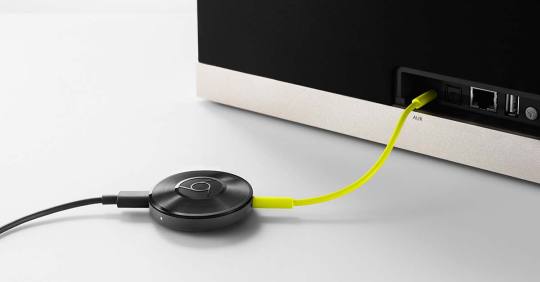Recently I’ve been watching a lot of Casey Neistat videos on YouTube. If you’re not familiar with him, Casey is filmmaker. It’s fair to say he’s one of the founding fathers of the “daily vlog,” and has brought a methodology and a style to the genre that has since become the standard.
As someone who seems to define the medium in which he works, Casey often gets questions about what hardware he uses to create his videos. He rarely answers them, instead saying that his ideas are important, the tools he uses to express them are not. Pretty much any camera would allow him to convey his ideas, and therefore the best camera is whichever one he happens to have available.
This makes sense. I’d be willing to bet that the last time you went to see a movie the question of which camera model they shot it on never once crossed your mind.
I’m not a filmmaker, I’m a project manager. My tools are Outlook, Word, Excel, PowerPoint… the list goes on but you see what I’m saying. You could argue then, possibly quite persuasively, that the same thinking applies here. We could swap out our office applications for alternative tools, and it would make no measurable difference in any important way.
But that’s not what I believe, and I think I have excellent reason to be excited about my workplace’s upcoming switch from Microsoft Office to Google G-Suite.
Back to Mr. Neistat. If his views on the importance of the tools we use are so opposed to mine you may wonder why I cited them, but actually they illustrate my point very well. Casey preaches that his purpose as a filmmaker is to take his ideas and deliver them to his audience. Anything in-between, no matter how crucial it is to the process, is little more than a barrier. This is a fascinating perspective to me: by this definition every tool
we use is helping us move forwards while simultaneously holding us back. And when the ying and the yang are out of balance? When our tools start to hold us back from our purpose a little too much? It’s time to reassess.
It is time to reassess.
Here’s a brief story: Not too long ago I created a shared OneNote notebook for a small team to help us collaborate on a particular task. It took me 15 minutes to create it and publish to SharePoint with all the right permissions, and another 15 minutes to show people how to open it and synchronize the content. People were blown away with the ease and simplicity of it, and the power of collaborating in real time on the same piece of content; not to mention having a single source of truth and no emailed document preposterously named something like “Important Document v9 FINAL for final circulation FINAL v2.doc.” My 30 minute time investment paid off, then – people even congratulated me on it. But what if we lived in a world where our tools were built from the ground up with that kind of collaboration in mind? What if we never had 12 different versions of every document, spread across four email chains? What if we didn’t have to use the word “investment” when we talked about getting our tools to work for us, and allow get things done in a way that makes sense?
This, is why I’m so excited. The more I lean about G-Suite the more it becomes apparent that it’s been built with this sort of thing in mind: the sort of thing where teams can’t reasonably gather in front of the same whiteboard, can’t huddle in front of the same computer… can’t afford for their tools to hinder their purpose more than they help.
There are countless stories like mine out there in my organization. We’ve become blind to them because we’re so used to the status quo. That’s not OK, but it does mean that with the right approach we could uncover them, collect them together, share them, and nurture them to take on a life of their own. If only we had a platform for that sort thing, hey?



